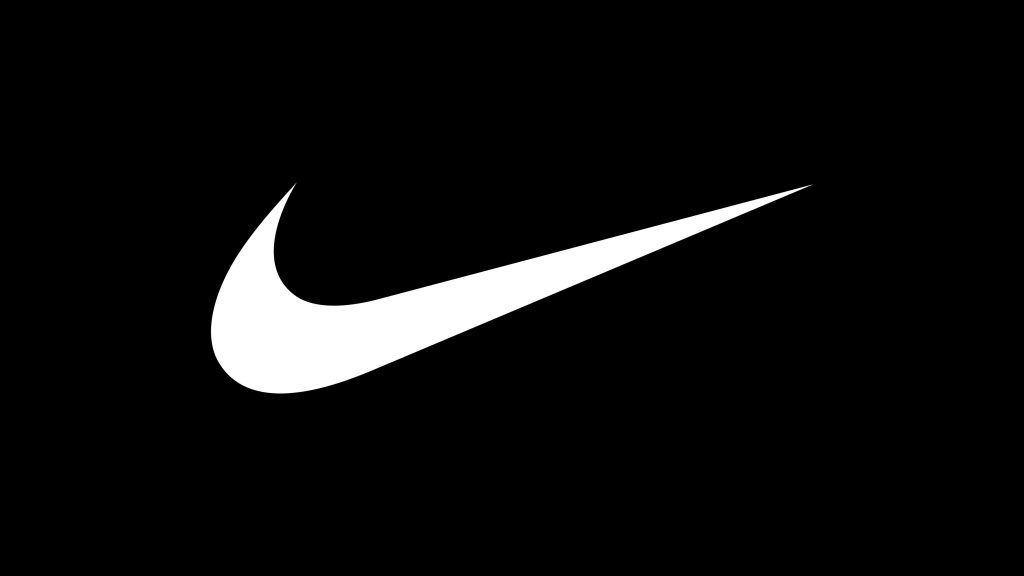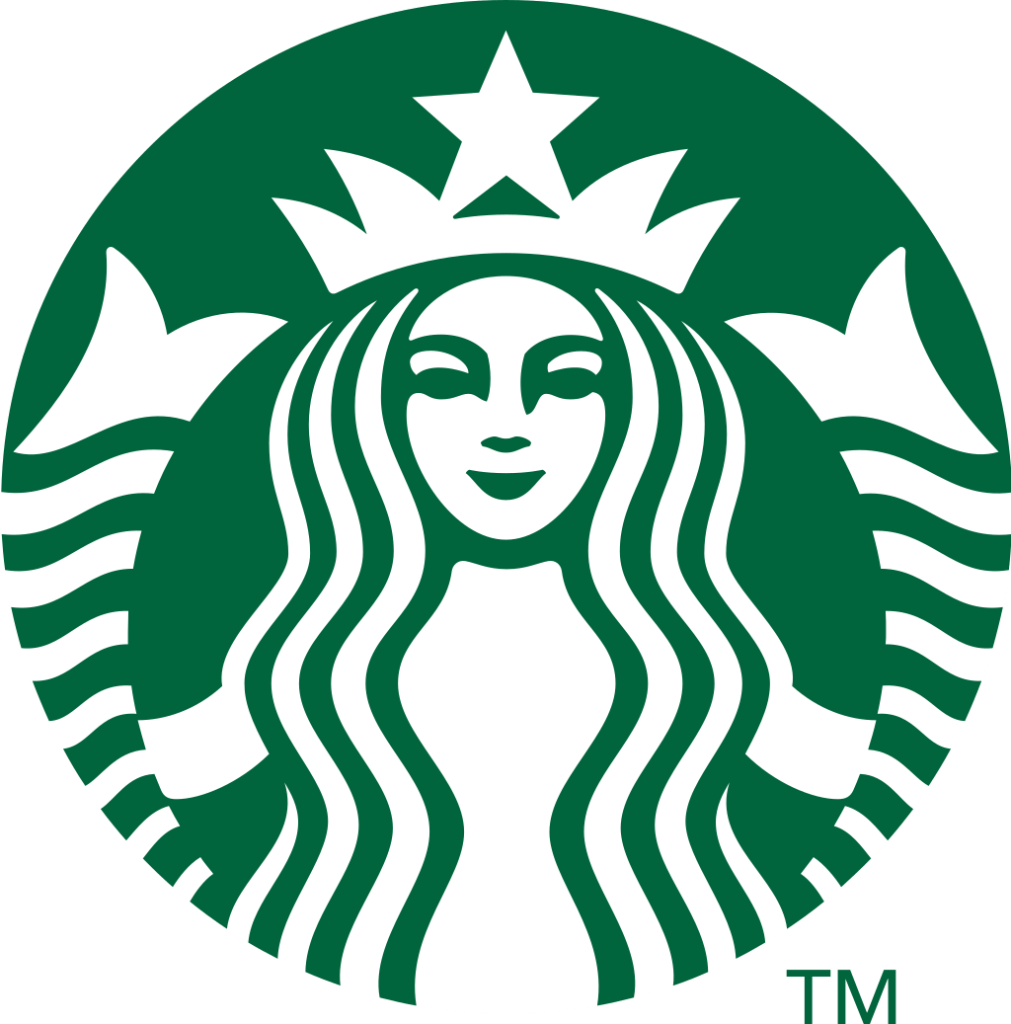Logos are an essential aspect of any business or brand. They are the visual representation of a brand’s identity and values. A good logo can create a lasting impression and set a brand apart from its competitors. Over the years, there have been many iconic logos that have become an integral part of popular culture. In this article, we will take a look at the 18 greatest logos in history, design-wise
1. Nike

The story behind the Nike logo
The Nike logo, also known as the “Swoosh,” was created in 1971 by graphic design student Carolyn Davidson. At the time, she was paid just $35 for her work, but her design has since become one of the most recognizable logos in the world. The Swoosh is said to symbolize motion and speed, as it was inspired by the wing of the Greek goddess of victory, Nike.
The design elements that make it iconic
The Nike Swoosh is simple, yet bold and dynamic. Its shape conveys a sense of movement, reflecting the brand’s focus on athletic performance. The simplicity of the design has allowed it to remain largely unchanged over the years, contributing to its iconic status.
2. Apple

The evolution of the Apple logo
The first Apple logo, designed in 1976 by Ron Wayne, featured Sir Isaac Newton sitting under an apple tree. Later that year, Steve Jobs commissioned Rob Janoff to create a simpler, more modern logo. The result was the now-iconic Apple silhouette with a bite taken out of it. Over the years, the logo has undergone color and shading changes but has retained its core design.
The design philosophy behind the logo
The bitten apple symbolizes knowledge, discovery, and innovation. The bite taken out of the apple also serves a practical purpose, as it makes the fruit more recognizable as an apple rather than a cherry or tomato. The simplicity of the logo reflects Apple’s design philosophy of creating intuitive, user-friendly products.
3. Coca-Cola

The history of the Coca-Cola logo
The Coca-Cola logo was created in 1886 by Frank M. Robinson, who was both a bookkeeper and a partner at the company. He chose the Spencerian script for the logo because it was a popular writing style at the time. The logo has undergone minor changes over the years, but its core design has remained consistent.
The design elements that have remained constant over the years
The Coca-Cola logo is characterized by its flowing, cursive script and the iconic hyphen (or “dynamic ribbon”) that has been part of the design since the 1960s. The red and white color scheme has also remained consistent, becoming synonymous with the brand.
4. McDonald’s

The evolution of the McDonald’s logo
The McDonald’s logo has evolved significantly since its inception in 1940. The first iteration featured a winking, chef-hat-wearing character named “Speedee.” In 1961, the now-famous golden arches were introduced, inspired by the architecture of a new McDonald’s restaurant. The modern logo, featuring the arches and the brand name, was introduced in 1968.
The design changes that have made it more modern
Over the years, the McDonald’s logo has been simplified and streamlined. The removal of “Speedee” and the focus on the golden arches have made the logo more modern and easily recognizable. The contemporary design emphasizes the iconic arches while incorporating the company name in a bold, red font.
5. Mercedes-Benz

The history of the Mercedes-Benz logo
The Mercedes-Benz logo, featuring a three-pointed star enclosed in a circle, was first introduced in 1909. The three points of the star represent the brand’s aim to produce engines for land, sea, and air transportation.
The design elements that convey luxury and prestige
The simplicity and elegance of the Mercedes-Benz logo reflect the brand’s commitment to luxury and high-quality engineering. The silver color of the logo evokes a sense of prestige and sophistication, while the three-pointed star symbolizes the brand’s pioneering spirit and ambition.
6. IBM

The story behind the IBM logo
The IBM logo has gone through a series of changes since its inception in 1924. The current logo, designed by Paul Rand in 1972, features a series of horizontal stripes that form the letters “IBM.” This design is known as the “8-bar” logo, as it consists of eight horizontal lines.
The design elements that represent progress and innovation
The IBM logo uses a distinctive typeface that is both modern and highly legible. The horizontal stripes give the logo a sense of movement and dynamism, reflecting the company’s commitment to progress and innovation. The blue color of the logo is associated with trust, stability, and intelligence, further reinforcing the brand’s reputation as a technology leader.
7. Pepsi

The history of the Pepsi logo
The Pepsi logo has evolved significantly since its creation in 1898. The original design featured a swirled red script on a white background. Over the years, the logo has gone through several iterations, including the introduction of the red, white, and blue color scheme in the 1940s to represent the United States during World War II. The current logo, featuring a circular “smile” and a dynamic wave, was introduced in 2008.
The design changes that have made it more modern and dynamic
The Pepsi logo has been updated numerous times to keep it fresh and modern. The current design features a globe-like shape with a dynamic wave pattern, symbolizing the brand’s global presence and energy. The “smile” in the logo adds an element of friendliness and approachability, setting it apart from its competitors.
8. Google

The evolution of the Google logo
The Google logo has undergone several changes since the company’s founding in 1998. The original logo featured a serif typeface with a mix of primary colors. Over the years, the logo has been updated to include a cleaner, sans-serif font and a more consistent color palette. The most recent update in 2015 introduced the custom typeface “Product Sans” and an updated color scheme.
The design elements that convey simplicity and approachability
The Google logo is characterized by its use of bright, primary colors and a simple, clean typeface. The design conveys a sense of simplicity and approachability, reflecting the company’s mission to make information easily accessible to everyone. The playful arrangement of colors and the modern font contribute to the logo’s friendly and inviting appearance.
9. Amazon

The history of the Amazon logo
The Amazon logo has evolved since its creation in 1994, when the company was originally called “Cadabra.” The first logo featured a large letter ‘A’ with a winding river flowing through it. In 1997, the company adopted the name “Amazon.com” and introduced a new logo featuring a simple, uppercase typeface. The current logo, designed in 2000, includes a curved arrow that resembles a smile, connecting the letters ‘A’ and ‘Z.’
The design elements that represent a customer-focused approach
The Amazon logo’s most prominent feature is the curved arrow or “smile,” which connects the letters ‘A’ and ‘Z.’ This design element symbolizes the company’s commitment to customer satisfaction and its wide selection of products, available from A to Z. The simplicity of the logo and the use of lowercase letters convey an approachable, friendly image.
10. Microsoft

The evolution of the Microsoft logo
The Microsoft logo has undergone several changes since its founding in 1975. The original logo featured a groovy, disco-style typeface. In 1980, the company adopted the “blibbet” logo, which featured a bold, uppercase typeface and a stylized ‘O.’ The “Pac-Man” logo was introduced in 1987, and the current logo, featuring a simplified, sans-serif typeface and a four-color window, was introduced in 2012.
The design elements that convey innovation and accessibility
The Microsoft logo combines a modern, sans-serif typeface with a colorful, four-pane window symbol. The window represents the company’s flagship product, Windows, and the vibrant colors symbolize innovation and creativity. The logo’s clean lines and simple design convey a sense of accessibility and user-friendliness.
11. Twitter

The history of the Twitter logo
The Twitter logo has evolved since the platform’s launch in 2006. The original logo featured the company’s name in a bubbly, rounded typeface, along with a simple bird illustration. Over the years, the bird has been refined and simplified, ultimately becoming the platform’s primary visual symbol in 2012.
The design elements that represent real-time communication and simplicity
The Twitter logo features a minimalist bird design, representing freedom, communication, and real-time information sharing. The clean lines and simple silhouette of the bird convey the platform’s commitment to user-friendliness and accessibility. The blue color is consistent with the brand’s focus on communication and trust.
12. Tesla

The story behind the Tesla logo
The Tesla logo, introduced in 2006, was designed by RO-Studio, a design firm based in New Jersey. The logo features a stylized ‘T,’ which is inspired by the cross-section of an electric motor, representing the company’s focus on electric vehicle technology.
The design elements that convey innovation and sustainability
The Tesla logo’s primary design element is the sleek,
modern ‘T’ symbol. This design element represents both the brand name and the company’s commitment to innovative electric vehicle technology. The simplicity and elegance of the logo convey a sense of sophistication and sustainability, reflecting Tesla’s mission to advance the adoption of clean, renewable energy. The bold, uppercase typeface used for the brand name further emphasizes the company’s forward-thinking approach.
13. BMW

The history of the BMW logo
The BMW logo was first introduced in 1917 and features a circular design divided into four quadrants. The blue and white colors are derived from the flag of Bavaria, the German state where the company was founded. The logo is said to represent a spinning propeller, as BMW originally produced aircraft engines before transitioning to automobiles and motorcycles.
The design elements that convey performance and luxury
The BMW logo combines the iconic blue and white colors with a bold, black outer circle containing the brand name. This design conveys a sense of performance, luxury, and precision engineering, which are key aspects of the brand’s identity. The circular shape and propeller symbolism allude to the company’s origins and tradition of innovation.
14. Visa

The evolution of the Visa logo
The original Visa logo, introduced in 1976, featured a blue and gold design with the brand name in a bold, uppercase typeface. Over the years, the logo has undergone several updates, including a streamlined version introduced in 1992 and a further simplified design in 2006. The current Visa logo, introduced in 2014, retains the blue and gold color scheme but features a more modern, minimalist typeface.
The design elements that convey trust and global acceptance
The Visa logo’s blue and gold color scheme symbolizes trust, stability, and global acceptance. The bold, uppercase typeface conveys a sense of strength and reliability, while the simplified design reflects the brand’s commitment to making payment transactions easy and efficient for consumers worldwide.
15. Starbucks

The story behind the Starbucks logo
The Starbucks logo, featuring a twin-tailed mermaid or “siren,” was inspired by a 16th-century Norse woodcut. The original logo, introduced in 1971, featured a brown color scheme and a more detailed illustration of the siren. Over the years, the logo has been simplified and the color scheme changed to green and white, with the most recent update in 2011.
The design elements that represent tradition and a welcoming atmosphere
The Starbucks logo’s siren symbolizes the allure and seduction of coffee, while also serving as a nod to the company’s maritime origins in Seattle. The green and white color scheme evokes a sense of freshness, growth, and a welcoming atmosphere. The simplicity of the modern logo, combined with the brand’s commitment to creating a unique customer experience, has made it an iconic symbol worldwide.
16. Adidas

The history of the Adidas logo
The Adidas logo has evolved since the company’s founding in 1949. The original logo featured a simple, three-stripe design, which was later incorporated into the iconic “trefoil” logo introduced in 1971. In 1997, the company introduced the “three bars” logo, symbolizing performance, followed by the “mountain” logo in 2001, representing the challenges athletes face.
The design elements that convey performance and innovation
The Adidas logo, with its three-stripe motif, is synonymous with performance and innovation in sportswear. The “mountain” logo, featuring three diagonal stripes forming a triangle, conveys a sense of challenge and aspiration, reflecting the brand’s commitment to helping athletes overcome obstacles and achieve their goals. The simplicity and versatility of the logo allow it to be easily incorporated into product designs and marketing
Conclusion
Throughout history, various iconic logos have stood the test of time and have become synonymous with the brands they represent. These logos, such as Nike’s Swoosh, Apple’s bitten apple, Coca-Cola’s flowing script, and McDonald’s golden arches, are immediately recognizable and have played a significant role in defining their respective brands. Other examples, like Mercedes-Benz’s three-pointed star, IBM’s striped logo, and Google’s colorful typography, showcase the power of memorable design in capturing the essence of a brand.
The impact of good logo design on branding and marketing
A well-designed logo is an essential element of a successful branding and marketing strategy. It serves as a visual representation of the brand’s identity, communicates its values and mission, and sets the tone for all marketing materials and consumer touchpoints. A good logo helps create a memorable and lasting impression, fostering brand recognition and loyalty among consumers.
Moreover, an effective logo can differentiate a brand from its competitors, ensuring it stands out in a crowded marketplace. By incorporating design elements that convey a brand’s unique attributes and values, a logo can help establish a strong connection with its target audience. In short, a well-crafted logo plays a crucial role in shaping a brand’s identity, enhancing its visibility, and ultimately contributing to its long-term success.
